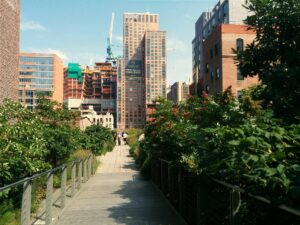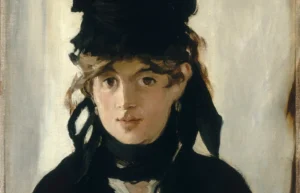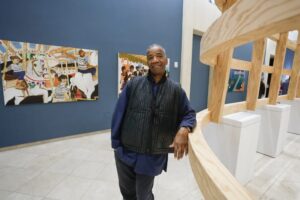When the High Line opened in 2009, few could have predicted how profoundly it would reshape New York City’s relationship to landscape, public space, and urban design.
What began as a narrow thread of abandoned railroad track—silent since the early 1980s—has become one of the most influential gardens in the world. Suspended roughly 30 feet above Manhattan’s West Side, the High Line continues to draw millions each year, offering a distinctly New York experience: wild plants, contemporary art, and dense city life mingling in a single elevated corridor.
Origins on an Abandoned Rail Line
The original elevated railway, once used to carry freight through the industrial west side, spent decades quietly decaying. Over time, windblown seeds rooted themselves in the gravel ballast, gradually forming a spontaneous meadow of grasses, shrubs, and small trees. That accidental landscape became the emotional and ecological inspiration for the park. When plans to demolish the structure emerged, community advocates and design leaders recognized its potential—not as relic, but as a new kind of urban garden.
The result is a landmark of post-industrial landscape architecture. Designed by James Corner Field Operations with planting design by Piet Oudolf, the High Line embraces a naturalistic, four-season planting style that feels both controlled and feral. Oudolf’s approach celebrates the expressive forms of plants through all stages of life, not merely their flower displays. Seedheads, dried grasses, and winter silhouettes are given as much prominence as summer blooms. Many species are native or drought-tolerant, creating a resilient garden that can withstand both harsh sun and windy exposures high above the street.
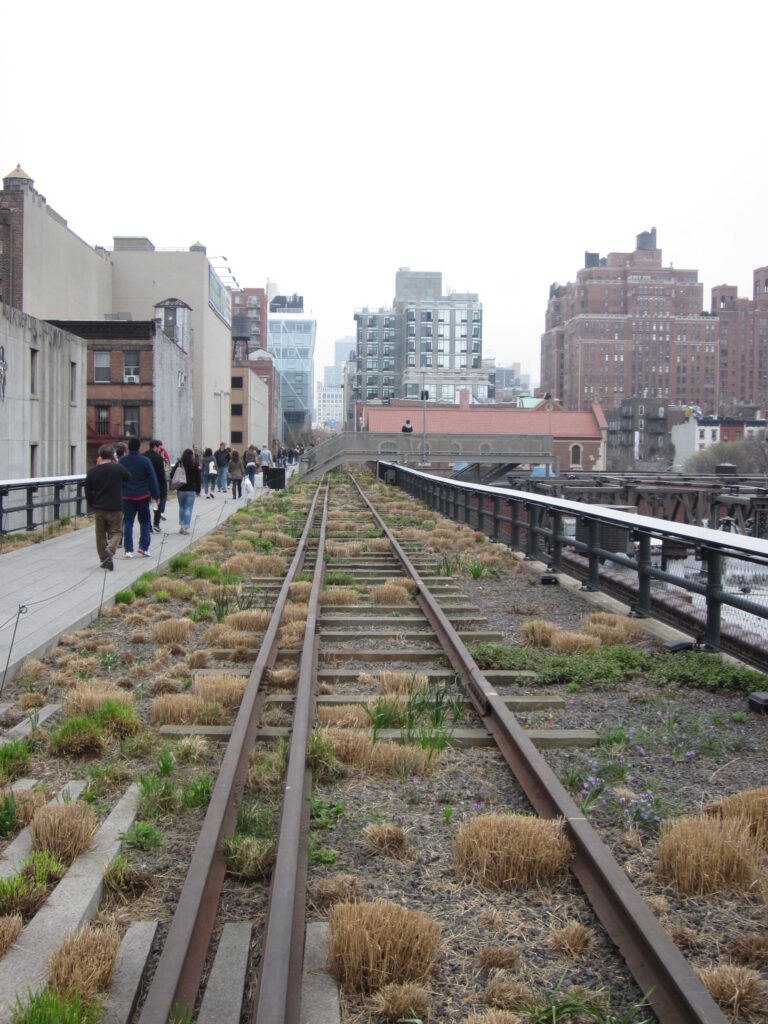
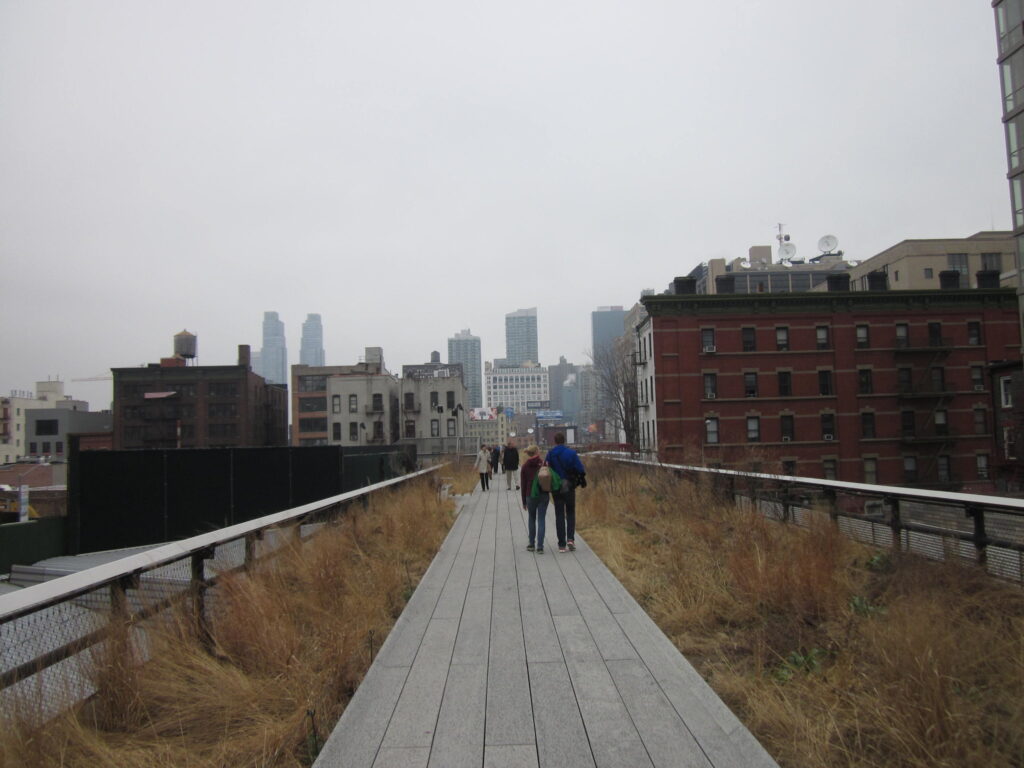
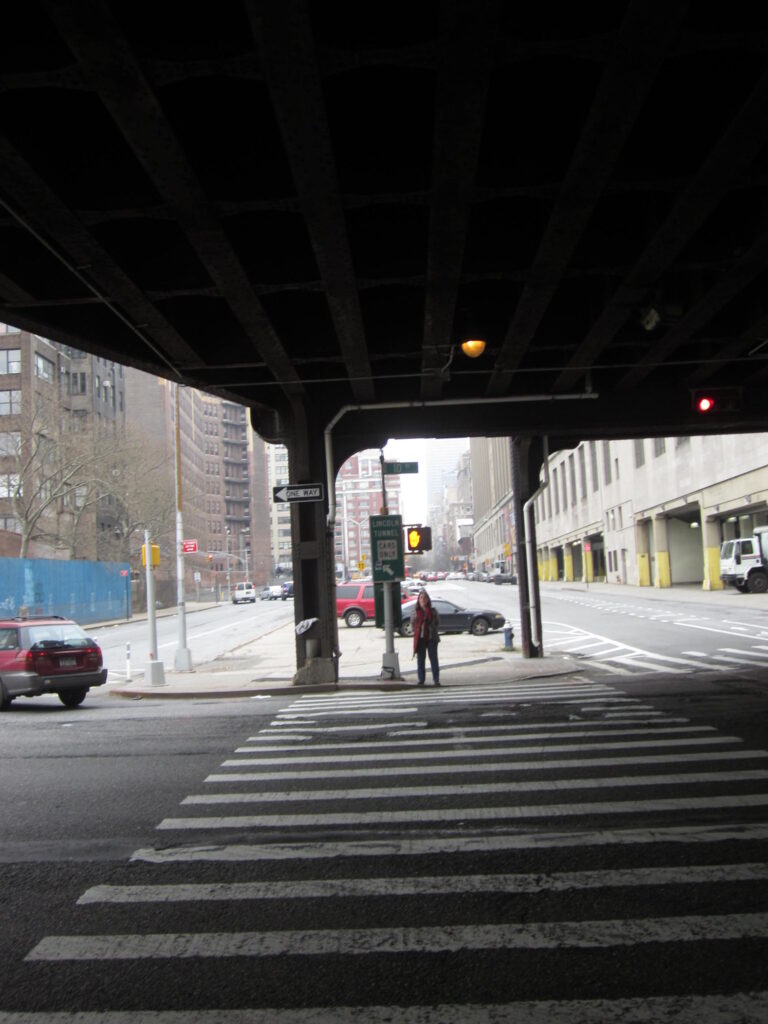
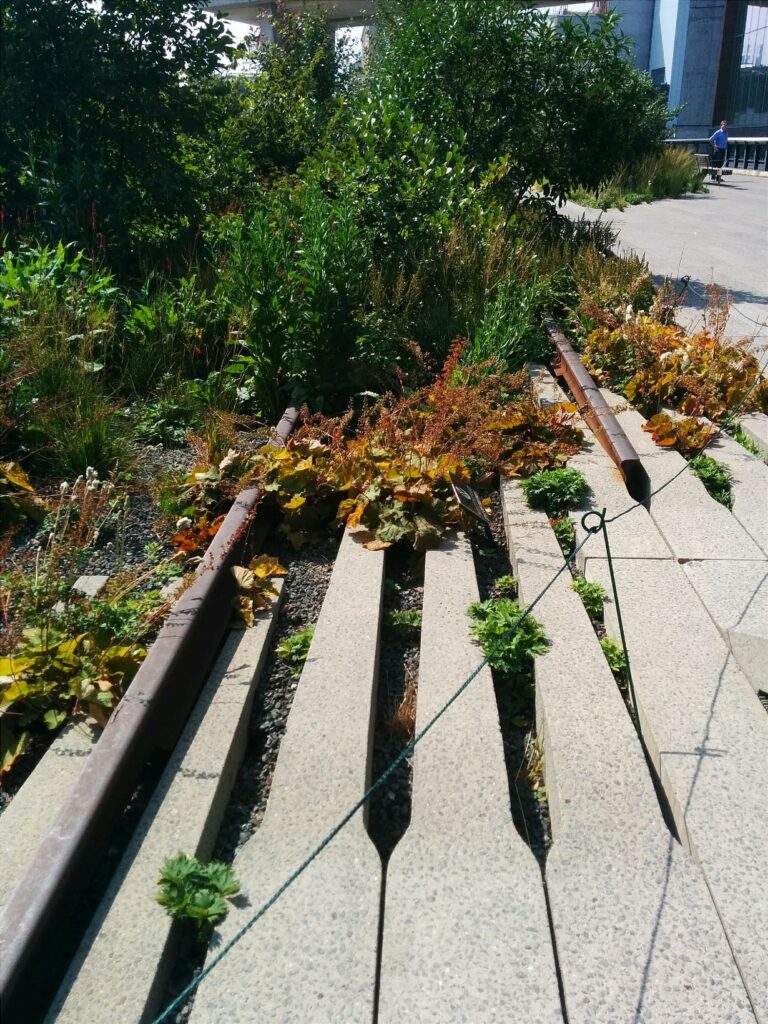
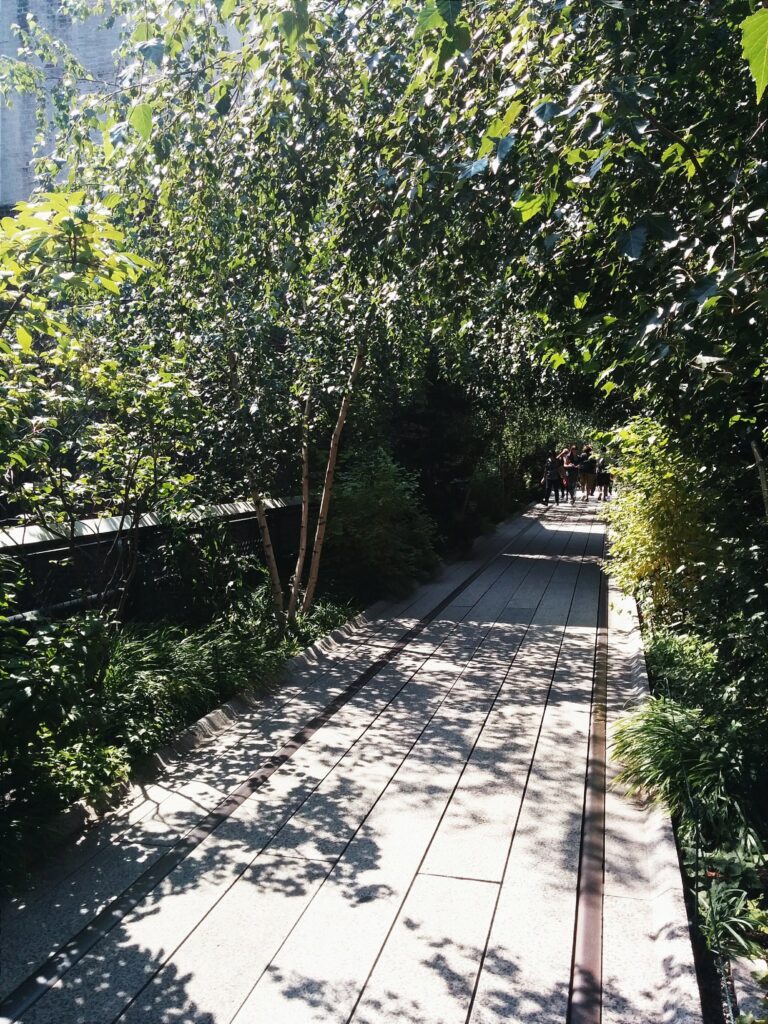
Designing a New Kind of Urban Garden
Walking the High Line is a sequence of unfolding scenes: narrow paths slip between dense plantings, concrete planks rise and fold into benches, and long views open toward the Hudson River or the downtown skyline. Unlike a traditional park organized around lawns or formal beds, the High Line feels immersive. Visitors are almost inside the planting, close enough to brush past coneflowers, prairie dropseed, and bee-magnet anise hyssop. Moments of shelter give way to exposed overlooks, and intimate seating niches fade into bustling plazas. Throughout, commissioned public art appears in surprising places, reinforcing the park’s role as both landscape and cultural platform.
Over the past fifteen years, the High Line has also become a case study in the unintended consequences of successful public space. Its popularity accelerated the transformation of the surrounding neighborhood, spurring development and making the area one of the city’s most desirable—and expensive—corridors. Entire districts of contemporary architecture now flank the garden, from the Meatpacking District north to Hudson Yards. While the park’s founders aimed to preserve and uplift the surrounding community, its success fueled rapid change that still sparks discussion among urban planners, residents, and civic leaders.
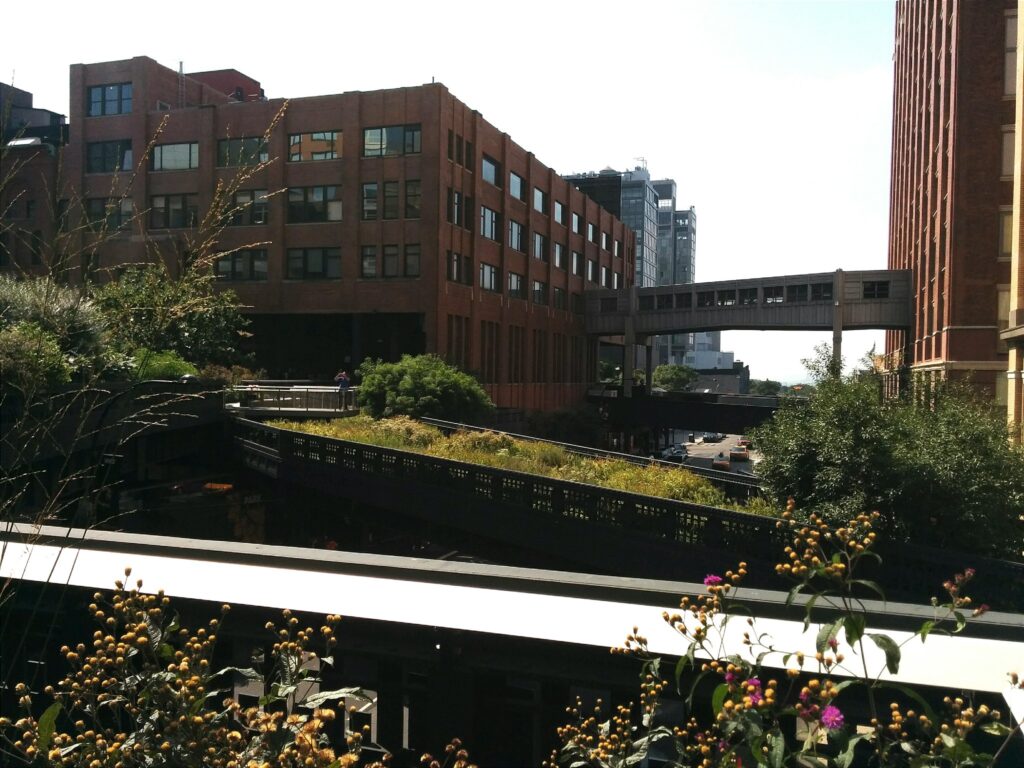
Ecologically, however, the High Line models how cities can work with landscape rather than against it. Its integrated drainage system captures and reuses rainwater, reducing strain on municipal infrastructure. Plant communities are designed to support one another, creating micro-ecosystems that require less irrigation and lower maintenance. The elevated structure also provides habitat for birds and pollinators—a valuable ribbon of green in a dense urban environment.
Beyond its physical footprint, the High Line has sparked a global wave of adaptive-reuse parks. Cities from Philadelphia to Chicago to Córdoba have embraced the idea that industrial remnants can become beloved civic landscapes. In New York itself, you can see its influence in projects like Little Island, the Brooklyn Waterfront Greenway, and even new meadow-style plantings across the city’s cemeteries and public gardens.

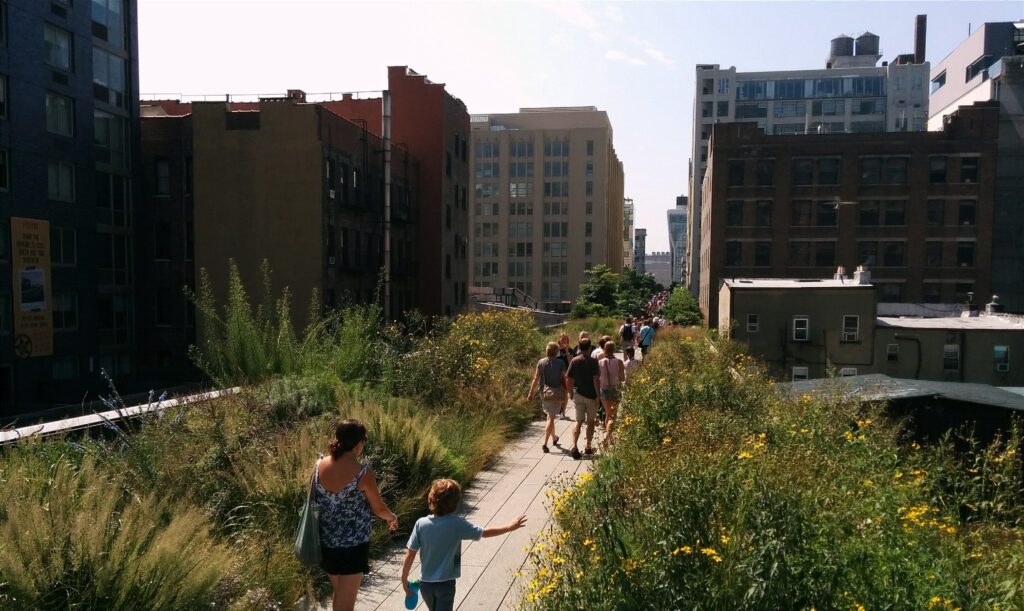
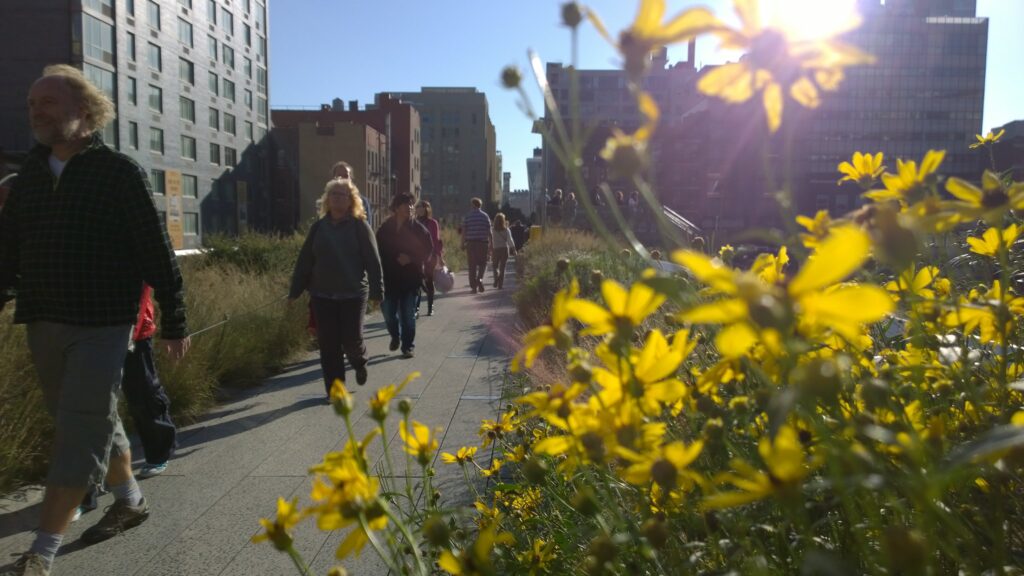
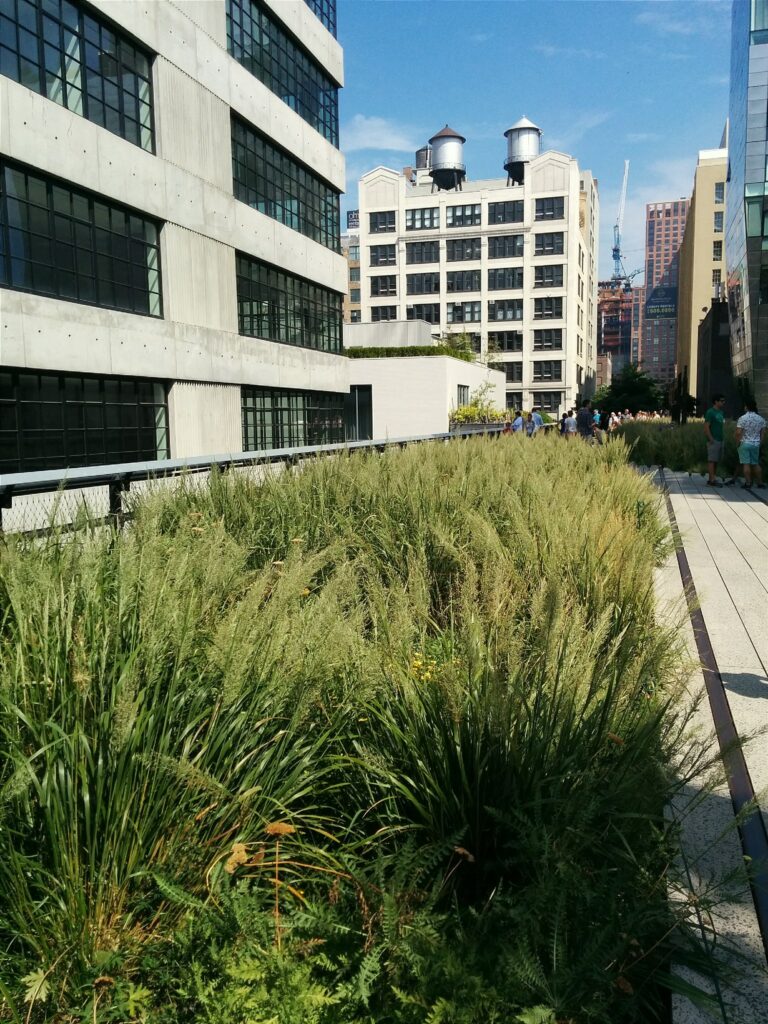
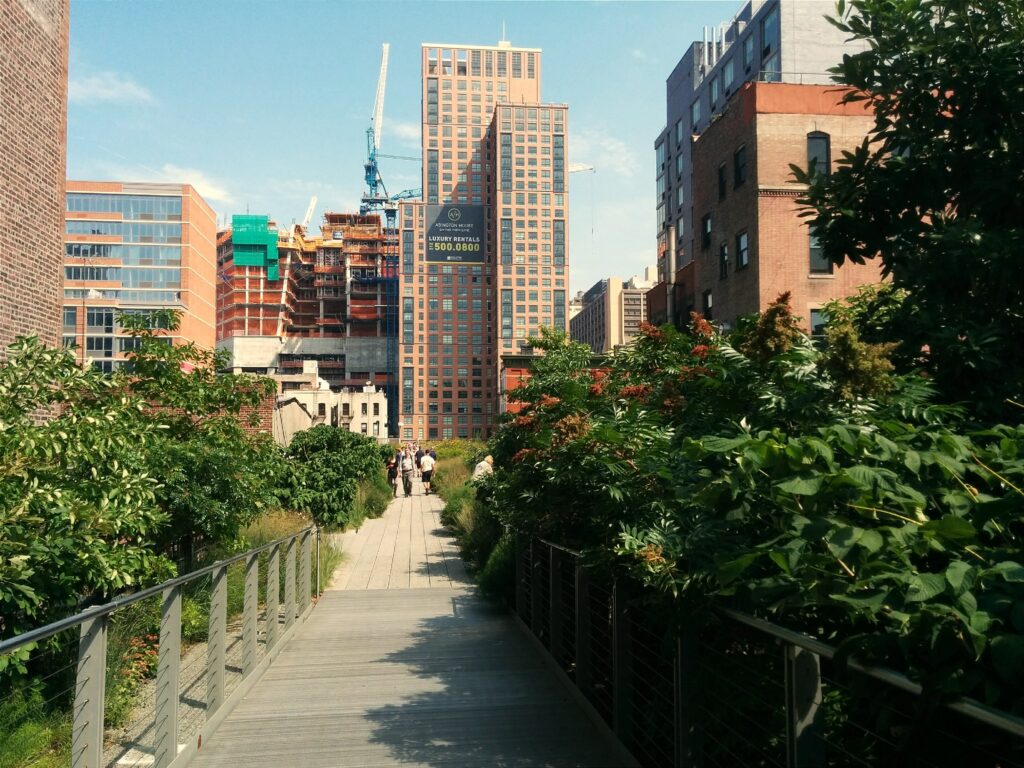
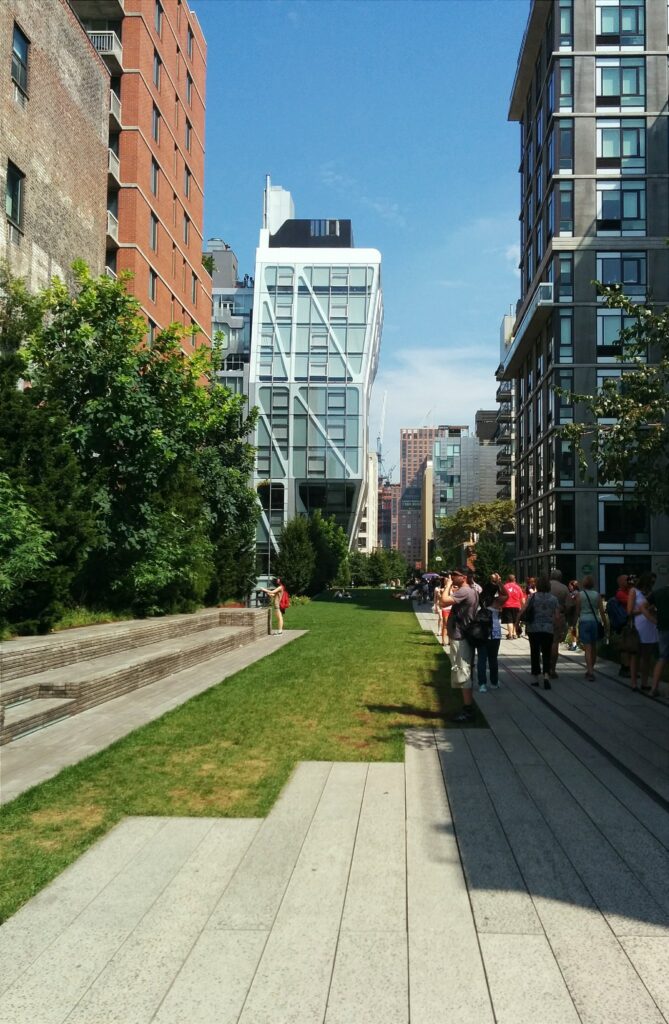
The High Line’s Lasting Influence
Fifteen years on, the High Line still feels fresh—part garden, part promenade, part cultural lens. It invites visitors to slow down, look closely, and experience the city from a new angle. In doing so, it continues to redefine what an urban garden can be: immersive, ecological, artful, and alive through every season.
Visitor Information
- Location: Manhattan’s West Side, from Gansevoort St. to 34th St.
- Hours: Open daily; hours vary by season (typically 7 a.m.–9/10 p.m.)
- Admission: Free
- Website: thehighline.org
- Best Time to Visit: Early morning for quieter walks; late afternoon for the best light and views
- Highlights: Seasonal plantings, public art installations, Hudson River overlooks, Chelsea Market access
About the San Francisco Garden Club’s Featured Garden Series
The San Francisco Garden Club celebrates the art, history, and joy of gardens around the world. Our Featured Garden series highlights inspiring landscapes—near and far—that shape the way we think about design, ecology, and beauty. Each month, we showcase a remarkable garden to spark curiosity, deepen horticultural knowledge, and connect our members with the broader world of plants and place.
Never Miss a Story
Subscribe to our posts to receive each new Featured Garden directly in your inbox—beautiful gardens, thoughtful insights, and fresh inspiration delivered monthly.


